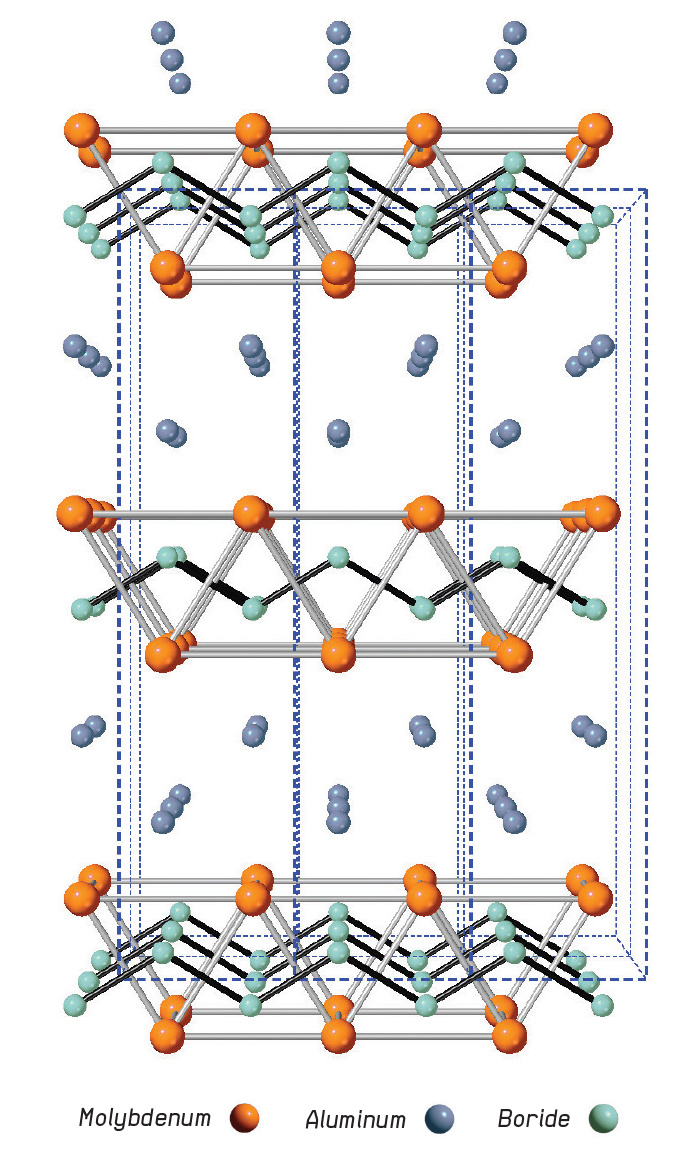
_Michel Barsoum
Barsoum is a distinguished professor in the College of Engineering.

_Sankalp Kota
Kota is a doctoral candidate in the Department of Materials Science and Engineering
Some metal borides are among the hardest and most heat-resistant materials on the planet, but like so many others they still oxidize at high temperatures. If not controlled, oxidation is often the death knell for the use of a material in high-temperature structural applications.
Researchers from Drexel, Linkoping University in Sweden and Imperial College London have produced an aluminum-layered boride that is uniquely resistant to oxidation at high temperatures, offering an upgrade to one of the most durable materials in production.


Oxidation_Resistant
To make their boride material, called molybdenum aluminum boride, Barsoum and his team combined a molybdenum-boron lattice with a double layer of aluminum to produce a material durable enough to resist oxidation at extremely high temperatures. The key is the material’s nanolaminated structure, in which layers of molybdenum boride and aluminum alternate.
Borides are used as coatings for surfaces that must survive the harshest environments. But, according to Michel Barsoum, distinguished professor in the Department of Materials Science and Engineering in the College of Engineering and lead author of research published in Scientific Reports, we can make borides better.
“This discovery is quite significant because it is the first example ever of a transition metal boride that is quite oxidation-resistant,” Barsoum says.
+1400º
Upon testing, the group also found the new material retains its high thermal conductivity at elevated temperatures. Its melting point hasn’t yet been determined, but preliminary results show it to be greater than 1400 degrees Celsius.
The findings have the team pointed in the right direction as they continue to search for game-changing materials, says Sankalp Kota, a doctoral student in Barsoum’s research group and the paper’s first author.
“Now we know we’re looking in the right place to make materials with this impressive set of properties,” Kota says.

